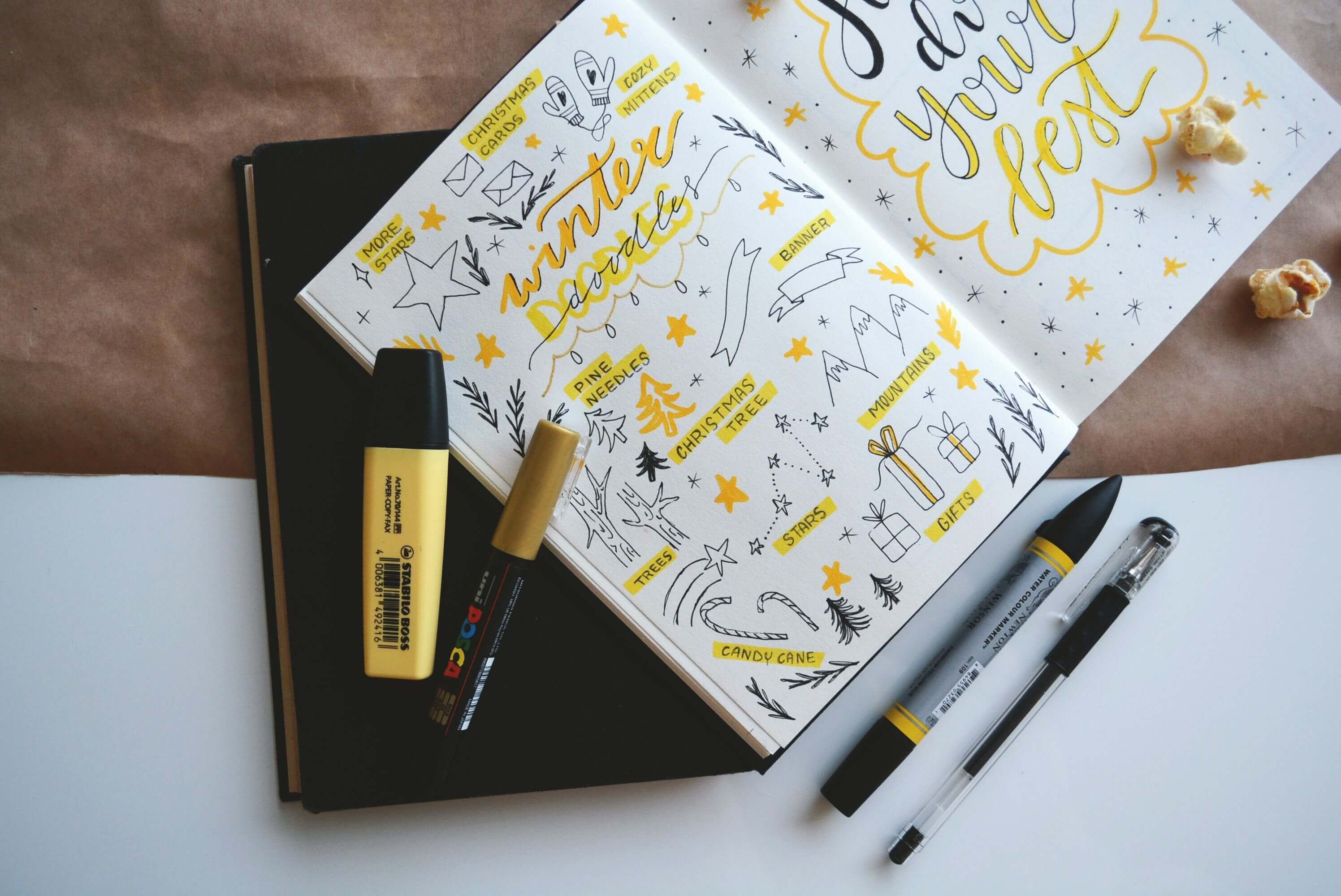Goal Setting 101: A Practical Guide to Setting and Achieving Your Goals
Every minute you spend in planning saves 10 minutes in execution; this gives you a 1,000 percent return on energy!” ― Brian Tracy
Many of us perform a small ritual on New Year's Eve. We review the past year and make wishes, plans and resolutions for the next one. Sometimes, the list remains the same every year. And the process of “wishing” the same things but not turning them into reality can last forever. Sound familiar? In this article, we will help you to plan the new year's resolutions better and be more self-aware of what we really want from life and why.
According to stats, 45% of people who have promised themselves to start a new life from the new year, by February, have lost their entire fuse. 19% of people remain motivated for the whole year, but they often do not achieve the desired goals. That means over half of the people who set a goal for the new year will fail! Among Americans who are making New Year’s resolutions, the most common resolutions are exercising more (50%), saving money (49%), eating more healthily (43%), and losing weight (37%).
But how to plan better so it’s easier to actually make your wishes come true? Let’s see.
Specify your reasons and “Why?”
While planning the resolutions, make sure to understand why you want it to happen and why you didn’t do it before. Sometimes we have several wishes on our list that we keep wanting to happen but never actually go after them. Ask yourself what stopped you before? Do you have enough resources? Why now and not in a year after that? Don't put unnecessary pressure on yourself and aim at the things you are ready for.
You need to understand why to achieve this specif goal and how it will make you or your life better. Defining your “why” is a huge part of your success mindset in delivering on your promises! So take your time and think carefully. Plus, by adding reasons to your goals, it will get more personal to you and you will most likely succeed!
Focus on one thing at a time
Choose one task at a time that you will focus on. Yes, it's not easy. Most likely, right now you have many other windows open in your browser, you are simultaneously answering a friend on Facebook and looking for information in a search engine.
If you are trying to implement all the resolutions at once, then, most likely, failure is waiting for you on the way. Then you’d experience great discomfort and disappointment from this, the desire and motivation would naturally go away. Not good at all.
Indeed, there are 395 days, 12 months, and 525,600 minutes in a year. These numbers can truly seem scary - we subconsciously think that we will have so much time that we can do limitless planning all along. But it’d be healthier to try and set up a step-by-step plan with tasks, for example, by highlighting one priority task of the month.
Write it down
Write down your goal so it will always be in front of your eyes. Feel free to review the list from time to time. This way you will remember the direction you are heading to. Use a simple spreadsheet to make sure you are on track with all the steps.
There is nothing better than clarity in terms of planning.
1. Specify your goal
2. Define time limits
3. Name the reasons why you choose to focus on this goal
4. Explain how you will do it and what resources you need
For example, I want to lose 10kg in 2 months. I do it so I have a healthier body, live longer, and be a healthy parent for my children. How to achieve this? I will exclude sweet and white carbohydrates; I will eat vegetables with every meal; I will walk 3 km a day.
Spontaneous visualization and concept evaluation
In case you are not really sure what you truly desire, try to have a brainstorming session by using the spontaneous visualization technique. A spontaneous result is possible to achieve by performing spontaneous actions like drawing, speaking, singing, sketching, writing, etc.
Visualizing your goals means capturing them in your imagination, on paper or by expressing them in other physical forms. It’s usually a detailed picture of what you are striving for.
After visualization, the goal needs to be filled with emotions. What does this make you feel? What will you feel after you achieve this goal? The more emotions you connect to a specific goal, the more energy you will get to move it forward. The anticipation of the joy and pleasure of a future achievement is a good way to boost motivation.
Remember your little victories
It’s crucial not to overload yourself with tasks at the very beginning - because this can lead to the total collapse of your plans. Remember, high expectations are not always a great choice, but just an additional source of pressure.
Small victories make it feel like we're doing a good job. Also, don’t forget to appreciate the beauty of small things that we do and be grateful for them. That’s what is truly important for our mind and soul.
We wish you to have great holidays and enjoy your resolution planning!
Our VOS app is a great tool to stay in touch with your resolutions, plans, and ask yourself the right questions every day. VOS is available in the App Store and GooglePlay.



